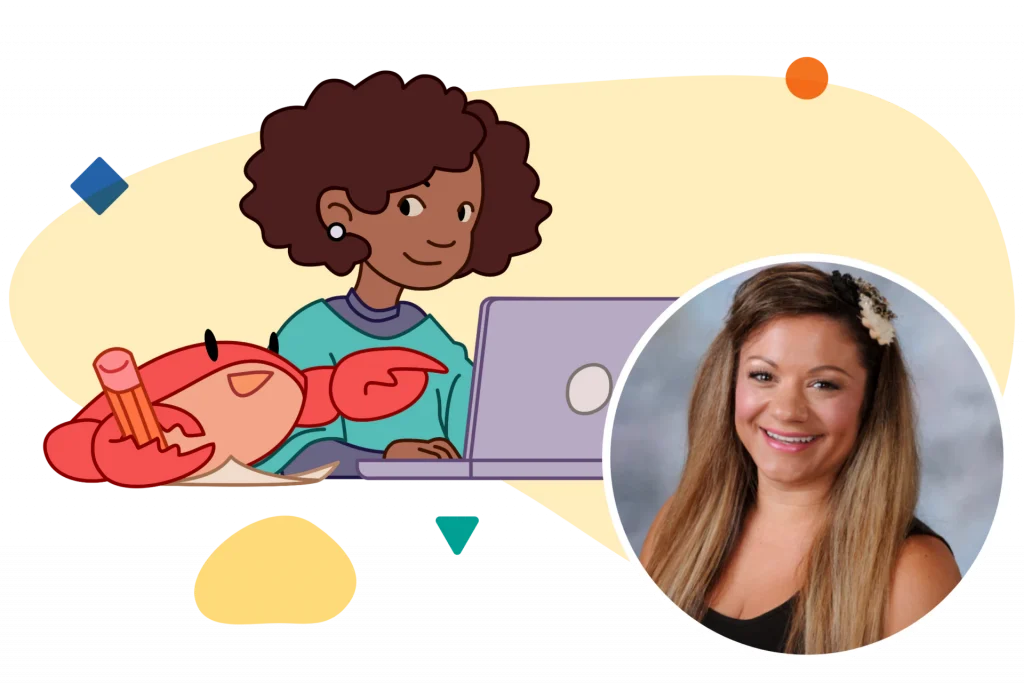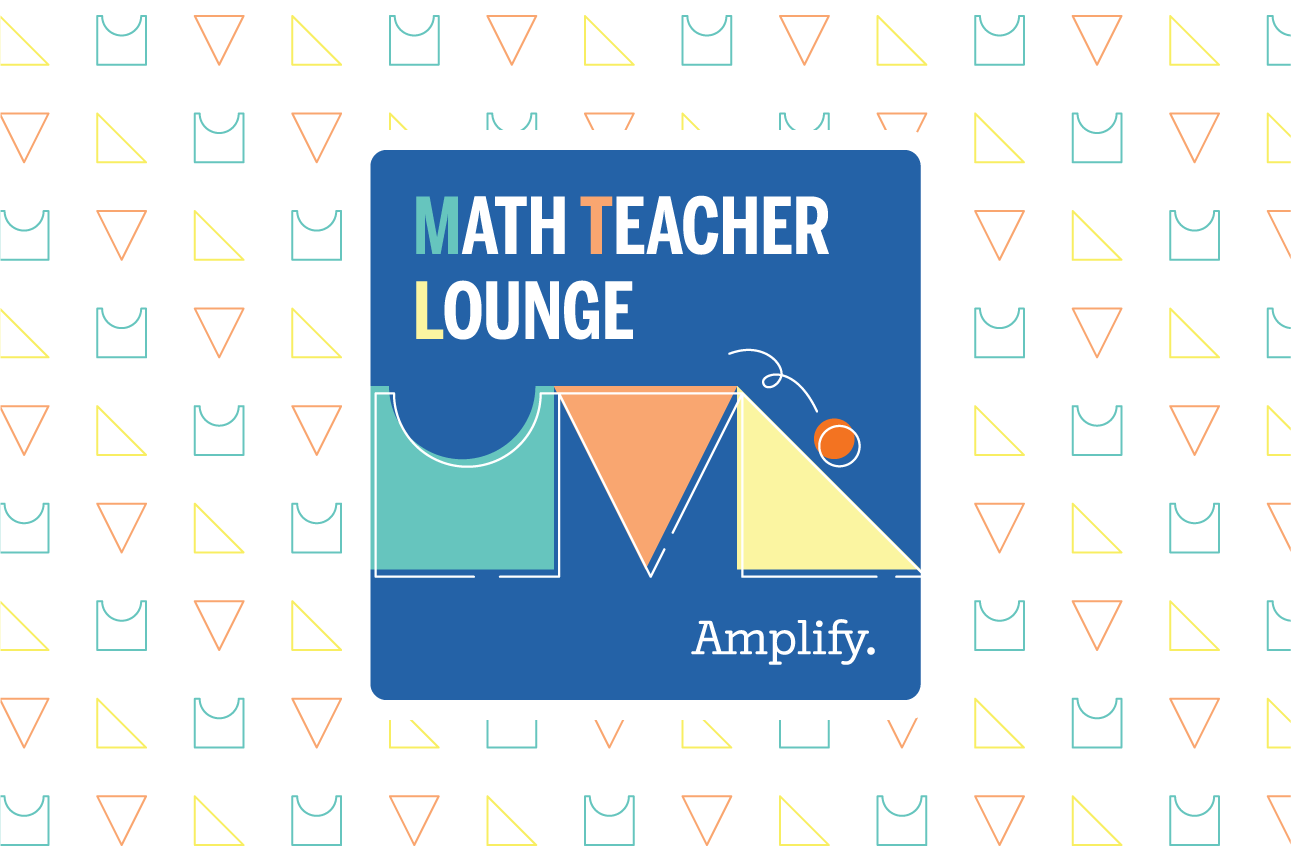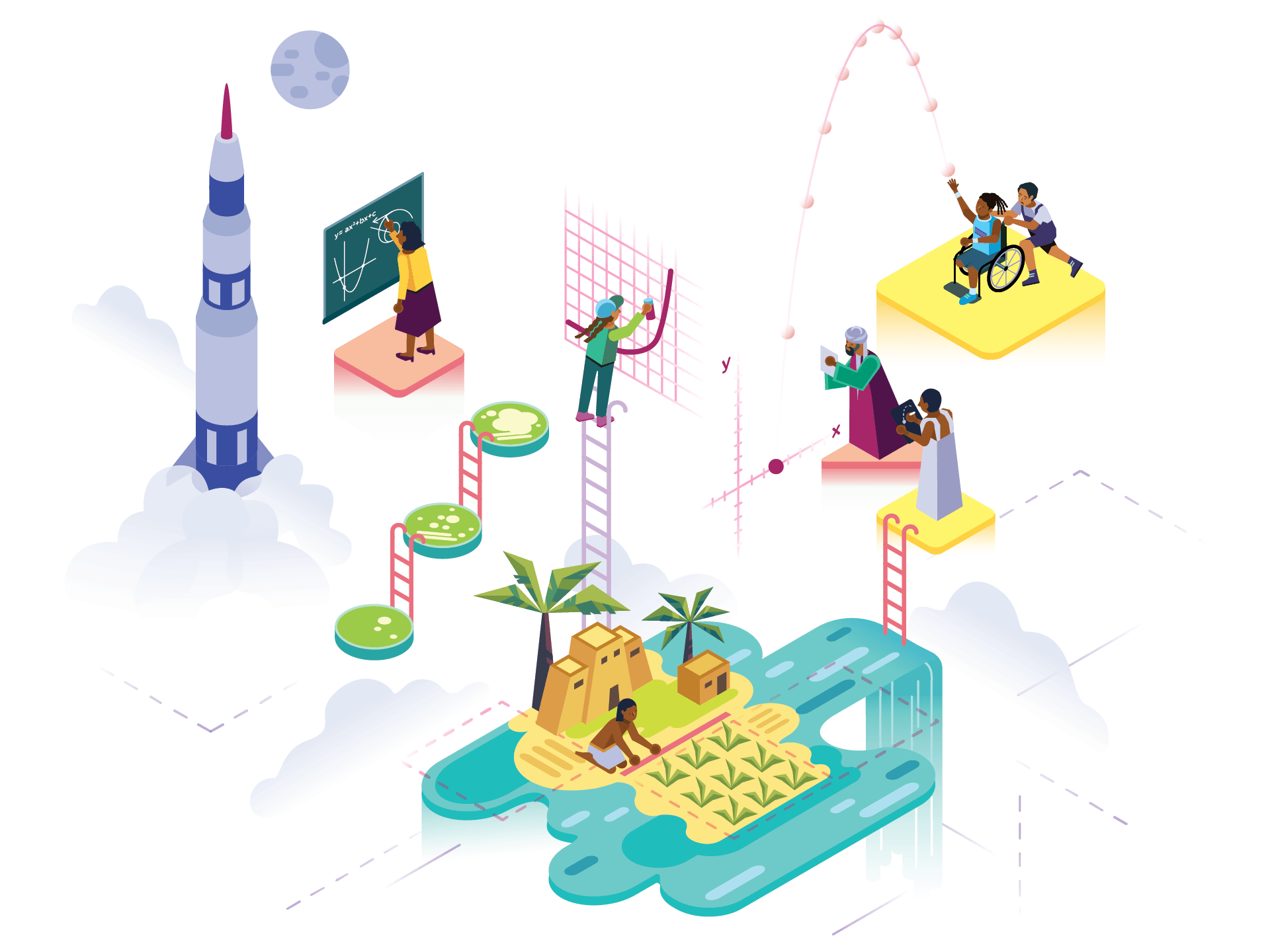
The lucky kids in Kelly Serpa Howe’s math class often got to start their day with ducks.
As former math teacher and current Desmos account executive Kelly told us in her Nov. 13 webinar, she always began her math classes with a Desmos puzzle.
“A puzzle of the day is a great cultural segue because it is a problem that everyone can access,” she says. These puzzles help students think, “No matter what I know about the teaching and learning that’s going to happen in my math class, I can come in and manipulate this puzzle of the day and play around with it and my ideas are good and valid,” Kelly said.
For her, a simple daily puzzle like that is part of a larger philosophy and pedagogy—one that she has pretty strong feelings about: “Culturally sustaining pedagogy is the love of my life,” Kelly said.
What are culturally sustaining math practices? And how do they promote equity in schools and equity in education overall? Read on to learn more, then watch our How to Promote a More Culturally Sustaining Math Practice webinar to dive even deeper.
What it is and what it is not
This kind of teaching arises from the notion that every single student brings distinct knowledge, backgrounds, and experiences into the classroom. As a pedagogical approach, it posits these differences as strengths and helps educators connect with students in ways that increase engagement and ownership of learning.
Culturally sustaining math practices are about more than adding real-world experiences to a math curriculum. While they can certainly do that, these practices are more about celebrating the different backgrounds and knowledge each student brings to the classroom community.
In her webinar, Kelly cites the work of—among others—Zaretta Hammond, who defines the approach as “an educator’s ability to recognize…and use cultural knowledge as a scaffold to connect what the students know to new concepts and content in order to promote effective information processing.”
Knowledge and neurology
Hammond also establishes that this pedagogy has a significant impact on neurological development and learning processes. Students’ cultural backgrounds influence their brain development—including language acquisition, cognitive processes, and perception.
Culturally sustaining pedagogy also activates students’ prior knowledge and experiences as a foundation for learning. By building connections between new information and familiar cultural references—which also boosts a sense of belonging—educators can enhance students’ understanding and retention of concepts.
Culturally sustaining teaching and mathematical practices
Here are some ways that Kelly described using culturally sustaining math in her classroom—all of which are enabled and supported by Desmos Classroom.
- Use low-floor activities such as puzzles to engage all students. Low-stakes and welcoming to multiple approaches, they enable teachers to highlight students who are, Kelly said, “not the usual suspects. It’s fun to see them play and it’s really exciting when they get to be the one that shines.”
- Use technology to inspire risk-taking. One Desmos tool allows teachers to anonymize students when work is shared, helping minimize shyness and encourage risk-taking. Bonus: The tool names them after famous mathematicians, offering another avenue for discussion and connection. “We want our students to know that mathematicians don’t look one certain way,” Kelly said.
- Connect math problems to relatable, real-world contexts. Kelly cited the example of a multiplication problem requiring students to figure out how much paint they need to paint a group of offices—not exactly a kid-friendly context. She transformed it into a problem about an annual neighborhood cleanup: “This year we will assist seven neighbors with painting the fences outside of their homes. We will need three-quarters of a gallon of paint to paint each fence…” and so on.
Citing the work of Lou Edward Matthews, Shelly M. Jones, and Yolanda A. Parker, Kelly said: “Culturally sustaining mathematics engages and empowers students to help them make connections to themselves, their community, and the world around them.”
More to explore
- Free professional learning for math educators
- Lucky Duckies Desmos Classroom activity
- Math on-demand webinar library

